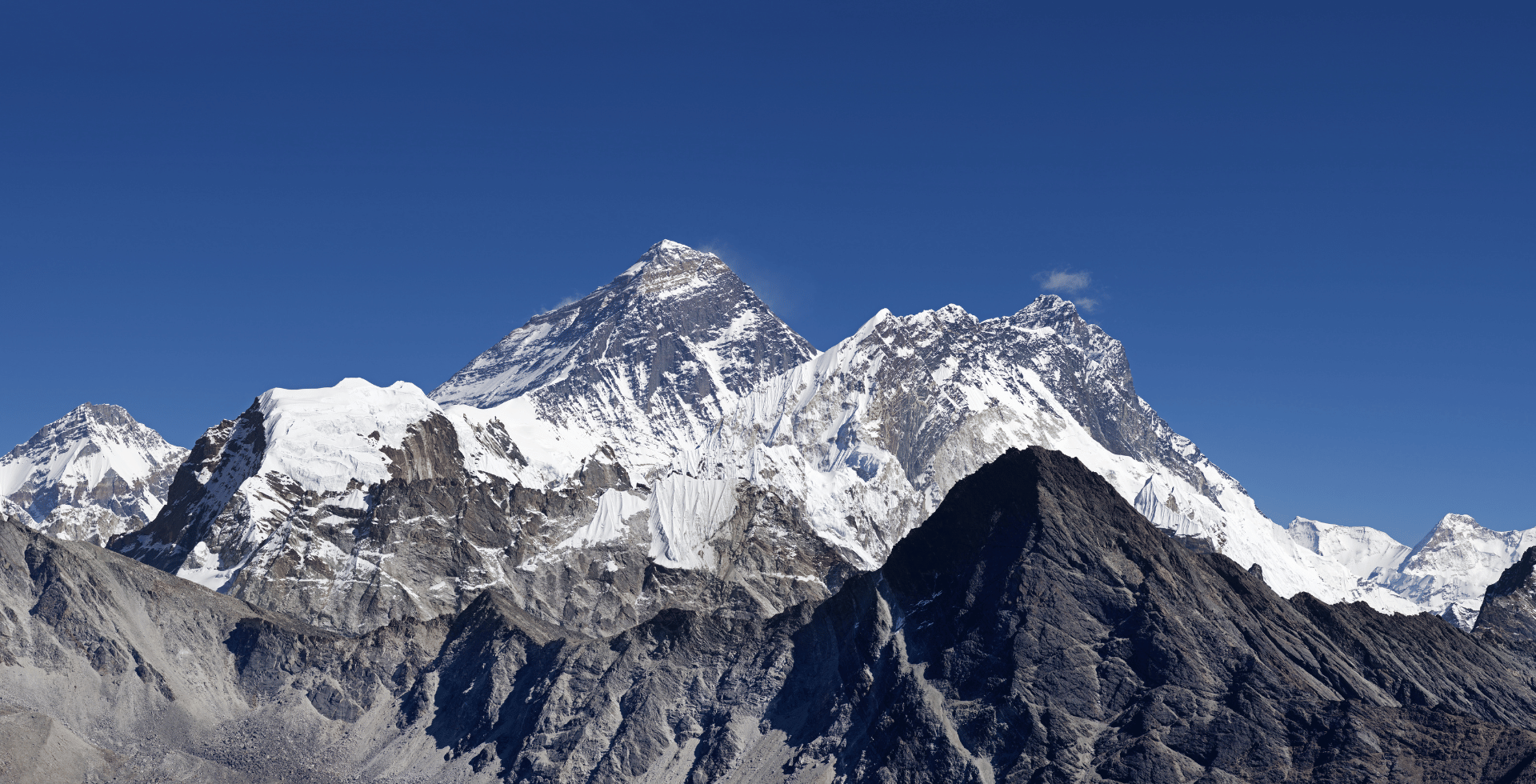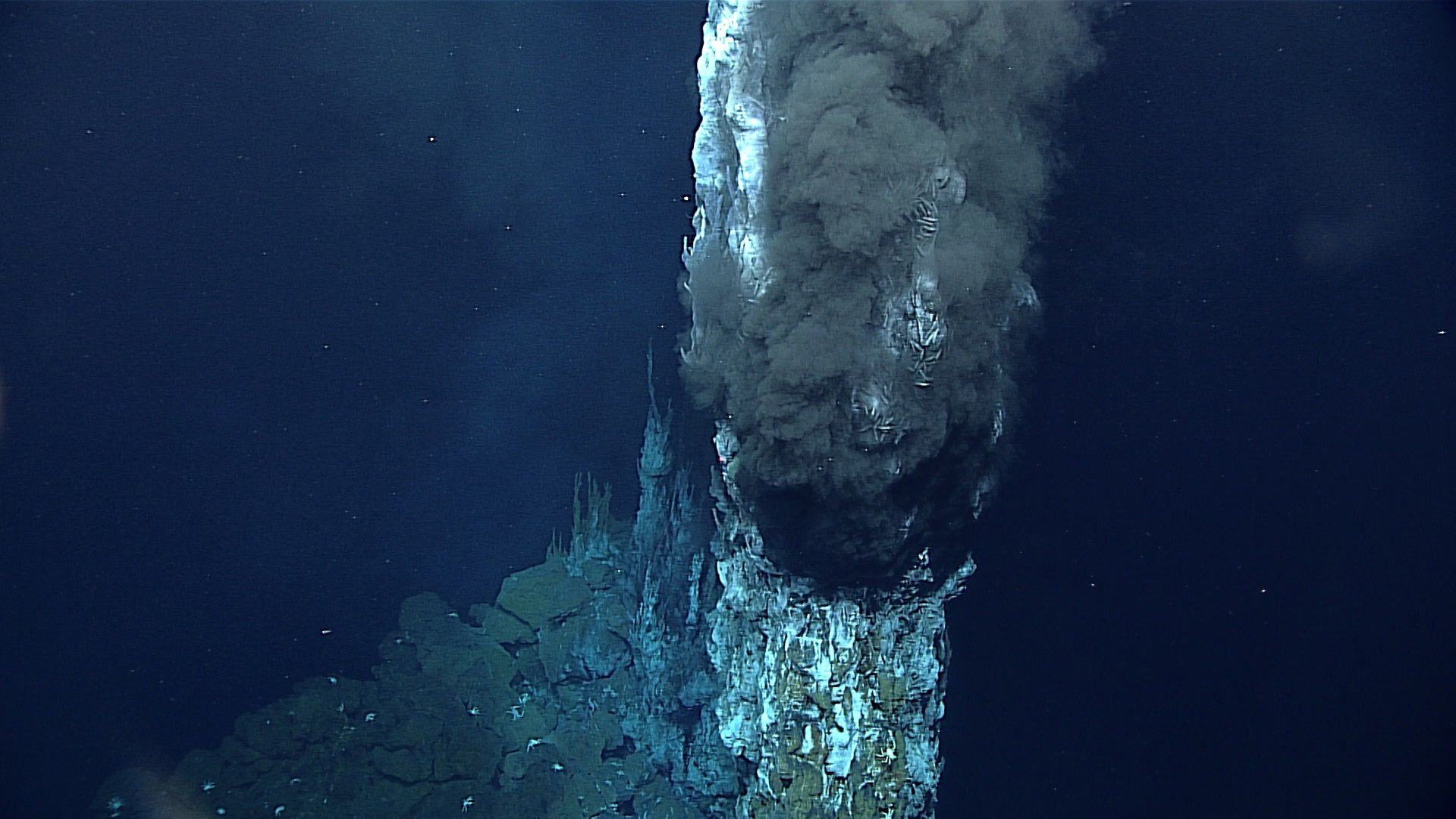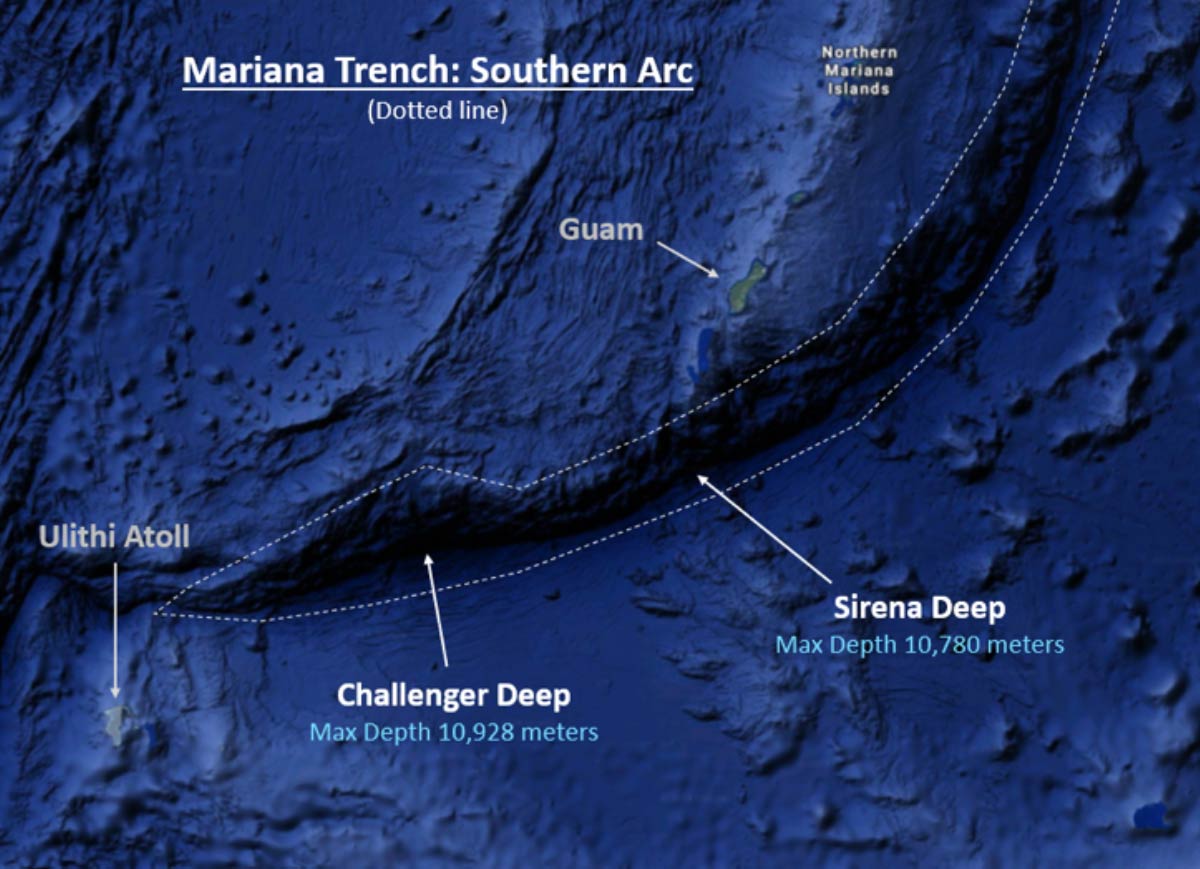Earth is full of incredible places. Some rise high into the sky, while others sink deep below the surface. These extremes demonstrate the diversity and fascination of our planet. The highest point on Earth is Mount Everest. It stands tall at 8,848 meters above sea level and is located in the Himalayas, on the border between Nepal and China—climbers from all over the world dream of reaching its summit.
On the other hand, the lowest point on land is the shoreline of the Dead Sea. It lies approximately 430 meters below sea level and is situated between Jordan and Israel. The water here is extremely salty, and the area is renowned for its distinctive landscape.
In this article, we'll take a closer look at the highest and lowest points on Earth. We'll explore tall mountains, deep valleys, and ocean trenches. We'll also learn about the formation of these places and their significance to science and nature.
Which is the Highest Point in the World?

The highest point on Earth, as measured by altitude above mean sea level, is the summit of Mount Everest. Its officially recognised height, determined by a joint Chinese-Nepalese survey in 2020, is 8,848.86 metres (29,031.7 feet) above sea level.
10 Fascinating Facts about Mt Everest
- Mount Everest holds the title for the highest elevation above mean sea level on Earth, with a peak altitude of 8,848.86 m (29,031.7 ft).
- The mountain is still growing taller by an estimated 4 millimetres (0.16 inches) per year due to the ongoing tectonic collision between the Indian and Eurasian plates.
- The rocks found on Everest's summit, including limestone and sandstone, contain marine fossils, indicating that the area was once submerged beneath an ancient ocean millions of years ago before being uplifted by plate tectonics.
- Geologists estimate that Mount Everest and the surrounding Himalayas began to form about 60 million years ago when the Indian tectonic plate started to subduct beneath the Eurasian plate.
- The area above 8,000 meters (26,247 feet) is famously known as the "Death Zone" because the oxygen level is extremely low (less than a third of sea-level oxygen), making survival for any extended period without supplemental oxygen nearly impossible.

- Mount Everest has local names: In Nepali, it is known as Sagarmatha (meaning "Forehead in the Sky"), and in Tibetan, it is referred to as Chomolungma (meaning "Goddess Mother of Mountains").
- The summit of Mount Everest sits precisely on the international border between Nepal and the Tibet Autonomous Region of China.
- Although it is the highest above sea level, the volcano Mauna Kea in Hawaii is the world's tallest mountain when measured from its base on the ocean floor to its summit, reaching an elevation of over 10,200 meters (33,465 feet).
- Due to Earth's equatorial bulge (making the planet wider at the equator), the peak of Mount Chimborazo in Ecuador is technically the farthest point on Earth's surface from the planet's centre, not Everest.
- Temperatures on the summit can drop below -40 degrees Celsius (-40 degrees Fahrenheit), and wind speeds can reach over 200 mph (320 km/h), especially when engulfed by the jet stream.
Which is the Lowest Point in the World?

The lowest point on the Earth's surface overall is the Challenger Deep, located at the southern end of the Mariana Trench in the western Pacific Ocean. The Challenger Deep reaches a maximum known depth of approximately 10,935 metres (35,876 feet) below sea level.
10 Fascinating Facts about the Challenger Deep in the Mariana Trench
- At nearly 11 kilometres (approximately 6.8 miles) deep, the Challenger Deep is significantly deeper than the height of Mount Everest above sea level (Everest's peak is about 8.8 kilometres above sea level).
- It is named after the British Royal Navy survey ship, HMS Challenger, which first sounded the depths of the trench in 1875.
- The pressure at the bottom is crushing, over 1,000 times the standard atmospheric pressure at sea level, roughly 1,086 bar or 15,750 pounds per square inch.
- The Mariana Trench, which contains the deepest part of the Earth's crust, was formed by subduction, where the Pacific Plate is being thrust beneath the smaller Mariana Plate, creating a deep scar in the Earth's crust.
- Despite the high pressure, complete darkness, and cold temperatures (around 1-4°C or 34°F), life persists. Organisms such as xenophyophores (giant amoebas), amphipods, and small sea cucumbers have been discovered in these areas.

- Only a handful of people have ever descended to the Challenger Deep, a feat achieved first in 1960 by Jacques Piccard and U.S. Navy Lieutenant Don Walsh in the bathyscaphe Trieste.
- Filmmaker James Cameron became the third person (and first to do so solo) to reach the bottom in 2012 in the submersible Deepsea Challenger.
- Despite being the deepest ocean point, the Challenger Deep is not the point closest to the Earth's centre. Due to the equatorial bulge, some parts of the Arctic Ocean seabed are actually closer to the centre of the planet.
- The Deep is a minor, slot-shaped depression at the southern end of the crescent-shaped Mariana Trench, located east of the Philippines and southwest of Guam.
- Some scientists refer to the Mariana Trench (along with Mount Everest and the geographical poles) as a "geomorphic pole" of the Earth, representing an extreme boundary of the planet's topography.
What is Earth's Lowest Point on Land?

The Dead Sea is the lowest point on land (terrestrial elevation) on Earth. Its surface and shores are approximately 430.5 metres (1,412 feet) below sea level, and this elevation continues to drop due to water diversion and evaporation. The Dead Sea lies in the Jordan Rift Valley, which is a section of the much larger Great Rift Valley system.
10 Fascinating Facts about the Dead Sea
- It holds the record as the lowest elevation on the Earth's land surface, making its shores the lowest dry land in the world.
- The Dead Sea is technically a salt lake (or an endorheic lake, meaning water flows in but does not flow out), not a sea.
- It is one of the saltiest bodies of water in the world, with a salinity level of around 34.2% (as of 2011), which is about 9.6 times saltier than the average ocean.
- The extremely high salt and mineral content dramatically increases the water's density, making it impossible for the water to sink to the bottom. People float naturally and effortlessly on its surface.
- It lies in the Jordan Rift Valley, a prominent geologic feature that forms part of the Great Rift Valley system, which is a result of the separation of the Arabian and African tectonic plates. This tectonic rifting caused the land block to drop down, creating the depression.

- The high salinity prevents most complex life forms, such as fish and aquatic plants, from surviving in the water, which is how it earned the name "Dead Sea". However, certain types of hardy bacteria, archaea, and algae do thrive.
- The water and mud are extremely rich in minerals such as magnesium, calcium, potassium, and bromide, which are prized globally for their therapeutic and cosmetic properties.
- It has been a renowned destination for health and wellness for thousands of years, dating back to the time of King Herod the Great and Cleopatra, with its mineral-rich mud and unique climate believed to benefit skin and respiratory conditions.
- The Dead Sea is rapidly shrinking. Due to the diversion of the Jordan River (its primary water source) for agriculture and industry, coupled with high evaporation rates, its surface level has been dropping by about 1 metre (3 feet) per year.
- Being so far below sea level, the atmospheric pressure is higher than at sea level. This unique environment results in a layer of air that filters out a portion of harmful ultraviolet (UVB) radiation, adding to its therapeutic reputation.
Comments
All Comments (0)
Join the conversation